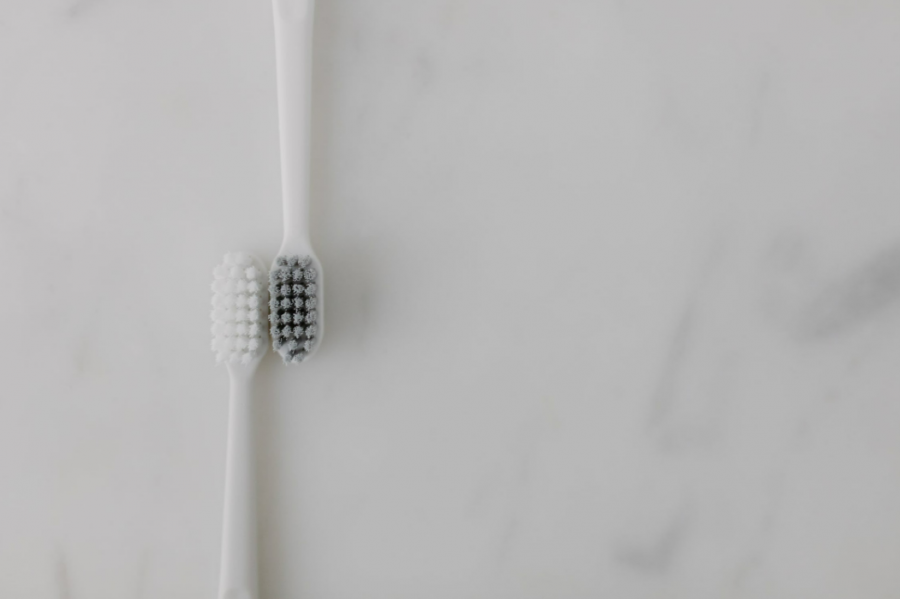Many people notice that their gums bleed from time to time, and some even believe it to be normal. While occasional bleeding caused by over-vigorous brushing or an injury can be normal, frequent and severe bleeding is not normal. Bleeding indicates that there is a hole or wound in the gums, and that increases the chances of developing an infection in the gums.
There are a number of ways that you can help yourself, especially if the bleeding is mild. Consider the following recommendations.
Use a Mouthwash
Some types of mouthwashes can help relieve bleeding gums. For example, salt mixed with warm water can both reduce inflammation and kill bacteria. It works best if you swish the water in your mouth three or four times a day. Hydrogen peroxide, a disinfectant, can also reduce bleeding and remove plaque. It can thus treat gingivitis.
Green tea is technically not a mouthwash, but it contains an antioxidant called catechin that reduces inflammation. It is particularly effective if you drink three or four cups a day.
Mind Your Diet
Sugars and other carbohydrates increase the risk of gum disease by promoting the growth of bacteria and the resultant plaque. Lots of plaque can cause gum disease. Conversely, eating foods that contain Vitamin C or Vitamin K can improve gum health. Vitamin C is an antioxidant that protects gums, and Vitamin K helps blood clot. Good sources of Vitamin C include sweet potatoes, carrots, and oranges, while some leafy greens like spinach and kale are good sources of Vitamin K.
Floss Gently
Flossing teeth helps cleans them by removing food particles and plaque. Some people, however, are too rough when they floss. Sawing across the gums or putting a lot of pressure on them can actually cause bleeding. Instead, move the floss up and down and gently reach a little below the gum line to scrape away the plaque.
See a Dentist
Gum disease is the most common cause of chronic or prolonged bleeding. Consequently, you should see your dentist if bleeding continues. If you don’t already have a dentist, make an appointment with one like those at Parkview Dental.
Gum disease has two stages: gingivitis and periodontitis. Gingivitis is an early-stage gum disease, and it can be both treated and reversed. Periodontitis is more severe and attacks surrounding tissues, including the jawbone. It can also eventually cause tooth loss. Periodontics is the branch of dentistry concerned with treating gum disease, and many offices offer periodontal treatments.
Bleeding gums, unfortunately, can also indicate more serious problems like leukemia, cardiovascular problems, or a lung infection. If the dentist has ruled out gum disease, and the bleeding hasn’t improved after two weeks of home care, it’s time to see a primary care physician and have them examine your gums.

